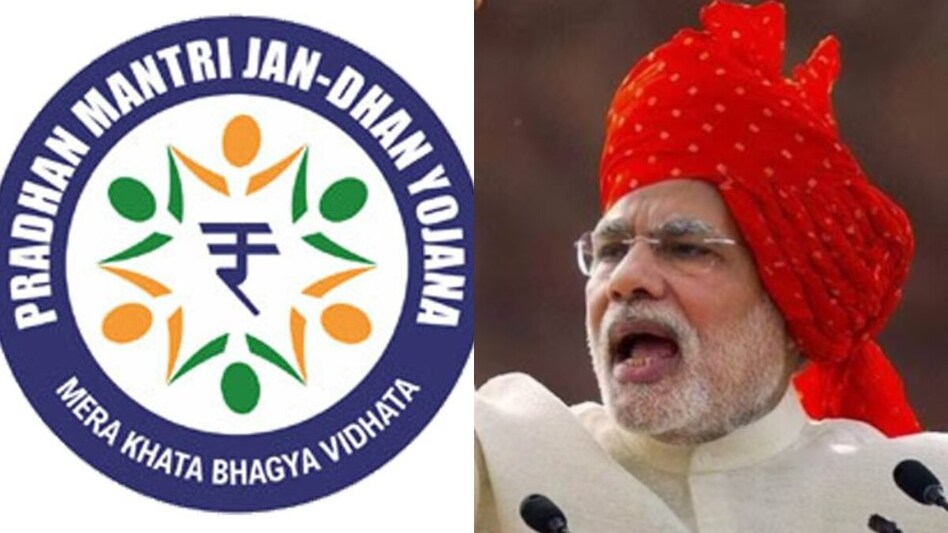 The PMJDY program facilitates the opening of a single basic savings bank account for individuals without prior banking access.
The PMJDY program facilitates the opening of a single basic savings bank account for individuals without prior banking access. The PMJDY program facilitates the opening of a single basic savings bank account for individuals without prior banking access.
The PMJDY program facilitates the opening of a single basic savings bank account for individuals without prior banking access.PM Jan Dhan Yojana: The Centre has directed banks to conduct fresh e-KYC for 10.5 crore PM Jan Dhan Yojana account holders who have completed 10 years. A meeting was chaired by M Nagaraju, Secretary of the Department of Financial Services (DFS), with all stakeholders to discuss the re-KYC process for the Pradhan Mantri Jan Dhan Yojana account holders.
In a release earlier this week, the finance ministry mentioned that approximately 10.5 crore PMJDY accounts were opened in mission mode from August to December 2014 when PMJDY was launched in 2014. These accounts now require periodic updation or re-KYC after 10 years.
“The PMJDY was launched in 2014 and approximately 10.5 crore PMJDY accounts were opened in mission mode from August, 2014 to December 2014. These PMJDY accounts are becoming due for periodic updation or re-KYC now after 10 years”, a government statement said on Monday (November 11).
The PMJDY program facilitates the opening of a single basic savings bank account for individuals without prior banking access. No mandatory minimum balance is required for PMJDY accounts, and account holders earn interest on their deposits.
During the meeting, Nagaraju recommended utilizing various methods for conducting re-KYC, including fingerprints, face recognition, and requesting declarations when there are no changes in KYC documents.
These processes should be carried out through all available channels, such as ATMs, mobile banking, internet banking, and other digital platforms. Nagaraju emphasised the importance of banks adopting best practices implemented by their industry peers.
He urged banks to approach the re-KYC process with the same dedication demonstrated during the launch of the PMJDY scheme, ensuring that customers are not inconvenienced. Nagaraju directed banks to allocate additional staff as needed to expedite the re-KYC process, following a strict timeline.
How to update KYC info
KYC (Know Your Customer) plays a crucial role in the banking sector by confirming the identity of customers and safeguarding against fraud, money laundering, and other illicit activities. Following a decade of service, a KYC update enables banks to verify the latest information of account holders, guaranteeing that records are accurate and current. This process not only enhances the security of accounts but also facilitates seamless services for customers.
To update KYC details, you’ll need to provide valid proof of identity and address. These documents would be required for the update: Aadhaar card, voter id card, PAN card, passport or driving licence.
As address proof, Aadhaar card, utility bill (not older than 3 months), bank statement, voter ID, or passport. Anything can be used of this.
Besides, one has to update phone number or email. You will also require a recent photo.
Individuals can visit any bank branch to submit the necessary documents for account opening. Upon arrival, accountholders will be required to complete a form. Once the form is submitted, it will be reviewed and the information will be updated in the database.
The Pradhan Mantri Jan Dhan Yojana (PMJDY), recognised as the largest financial inclusion initiative globally, was unveiled by Prime Minister Narendra Modi on August 15, 2014, during his address from the Red Fort. The program was officially launched nationwide on August 28, 2014.
Public sector banks have opened the majority of Jan Dhan accounts, totaling 42 crore, followed by regional rural banks with over 10 crore accounts and private sector banks with 1.66 crore Jan Dhan accounts.